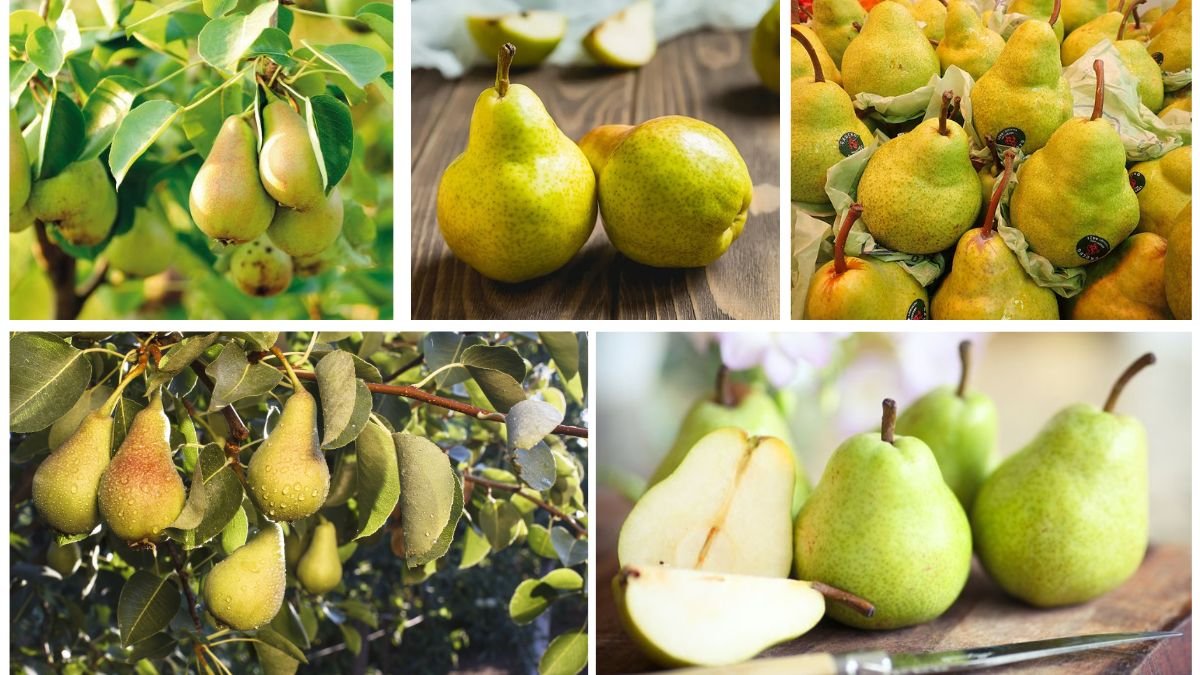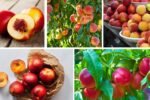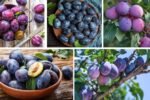Pears (Pyrus spp.) are among the world’s most cherished fruits, celebrated for their sweet, juicy flavor, smooth texture, and versatile culinary uses. Eaten fresh, canned, juiced, or used in desserts and savory dishes, pears are a staple in diets across the globe.
But the question arises: which country leads the world in pear production? The answer is China, a nation whose favorable climate, expansive orchards, and advanced agricultural practices make it the world’s largest pear producer. This article explores China’s dominance, other major pear-producing countries, global trade, and the fruit’s nutritional, cultural, and economic significance.
Understanding Pears
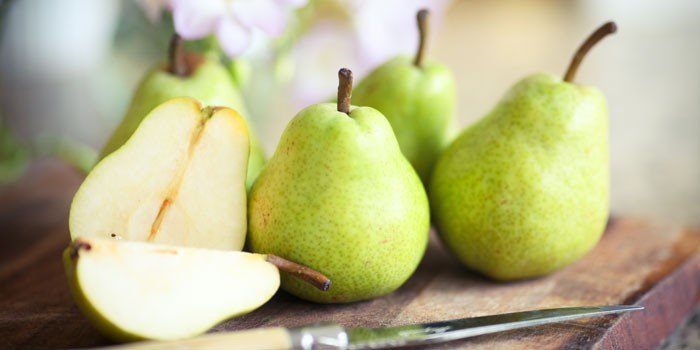
Pears are deciduous fruit trees producing sweet, succulent fruits. They belong to the Pyrus genus, which includes European and Asian pear varieties.
Key Features:
- Varieties: Widely cultivated types include European pears (Pyrus communis), Asian pears (Pyrus pyrifolia), Bartlett, Anjou, Bosc, Conference, and D’Anjou.
- Flavor: Sweet, mildly tangy, with soft or crisp textures depending on variety.
- Uses: Consumed fresh, canned, juiced, poached, baked, or in jams and sauces.
- Nutritional Benefits: Rich in dietary fiber, vitamin C, potassium, and antioxidants.
- Health Benefits: Aid digestion, promote heart health, strengthen immunity, and support weight management.
Pears thrive in temperate climates with cold winters, warm summers, and well-drained soil. Proper pruning, irrigation, and pest management are crucial to achieving high yields and maintaining fruit quality.
China: The Global Leader in Pear Production
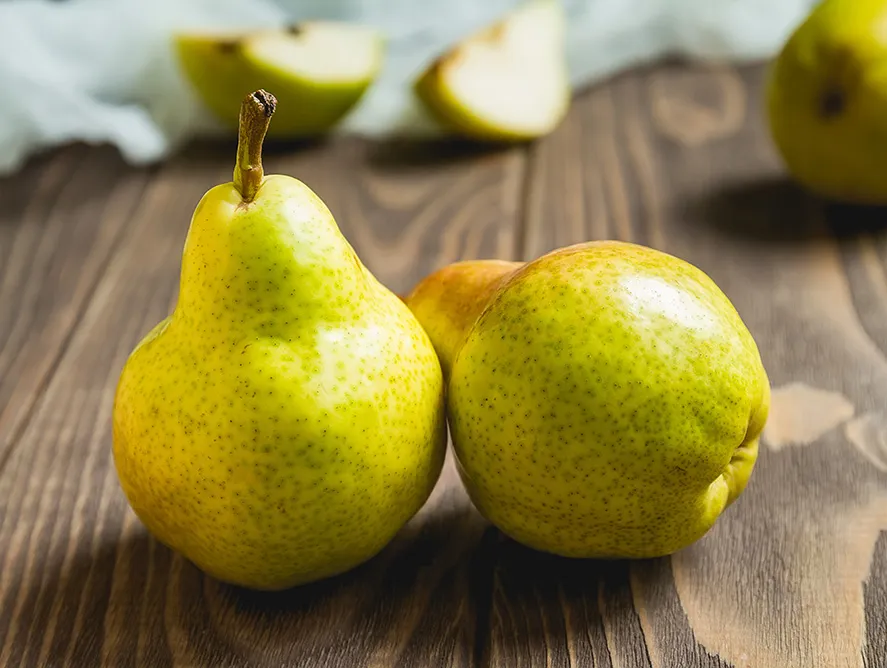
Production Scale
China is the undisputed leader in pear production, accounting for over 70% of global output. According to the Food and Agriculture Organization (FAO), China produces more than 16 million metric tons of pears annually, making it far ahead of any other country.
Factors Behind China’s Dominance
- Ideal Climate and Geography
China’s diverse climate zones support pear cultivation across various regions. Key pear-producing provinces include Shandong, Hebei, Liaoning, Henan, and Shaanxi, where the combination of temperate winters and warm summers favors flowering, fruit set, and quality development. - Expansive Orchards
China has vast pear orchards covering hundreds of thousands of hectares. This large-scale cultivation enables high production levels to meet domestic and international demand. - Varietal Diversity
China cultivates a wide range of pear varieties to satisfy different consumer preferences:- Asian Pears: Crisp, round, and juicy, often called “apple pears.”
- European Pears: Classic soft-fleshed varieties for fresh consumption and processing.
- Advanced Agricultural Practices
Farmers use modern techniques such as drip irrigation, integrated pest management, trellising, pruning, and selective breeding to maximize yield and fruit quality. - Domestic Consumption and Export
While most pears are consumed domestically, China is also increasing its export presence, shipping fresh pears, canned pears, and processed products to countries in Asia, Europe, and North America.
Other Major Pear Producers
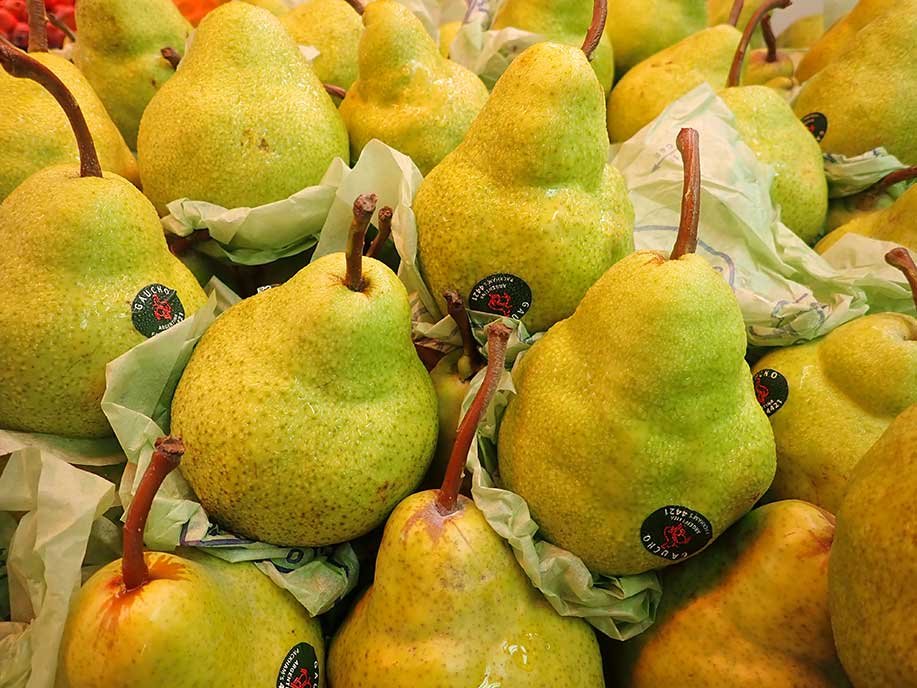
While China dominates, several other countries play significant roles in global pear production:
1. Italy
- Annual Production: Approximately 1.2–1.5 million metric tons.
- Highlights: Famous for varieties like Abate Fetel, Williams, and Conference; grown mainly in Emilia-Romagna, Trentino-Alto Adige, and Veneto regions.
2. United States
- Annual Production: Roughly 800,000–900,000 metric tons.
- Highlights: Washington, Oregon, and California are primary producing states; varieties include Bartlett, Bosc, and Anjou; widely consumed fresh and processed.
3. Argentina
- Annual Production: Around 600,000–700,000 metric tons.
- Highlights: Major exporter to Europe and South America; packhouses focus on quality fresh pears.
4. Turkey
- Annual Production: Approximately 550,000–600,000 metric tons.
- Highlights: Varieties like Santa Maria, Deveci, and Ankara are cultivated in Aegean and Marmara regions for domestic use and export.
5. Other Countries
- Countries like South Africa, Chile, Belgium, and the Netherlands also contribute, primarily supplying domestic markets and European trade.
Global Pear Market and Trade
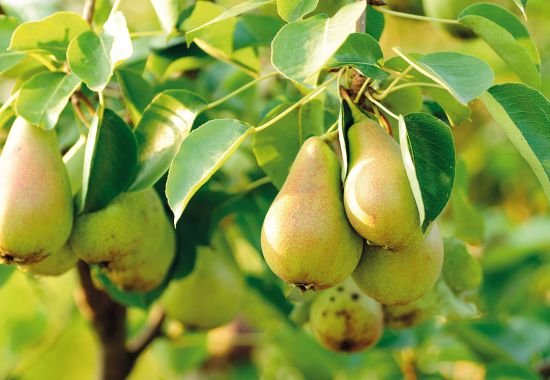
Pears are in high demand worldwide, both fresh and processed:
- China: Largest producer; dominates global supply, primarily for domestic consumption.
- Italy and Argentina: Significant exporters, especially to European markets.
- United States: Supplies both domestic and international markets with fresh and canned pears.
- Global Trends: Rising demand for fresh, organic, and processed pears continues to boost trade.
Modern logistics, cold storage, and advanced packing techniques ensure pears reach distant markets while maintaining freshness, flavor, and appearance.
Nutritional and Health Benefits of Pears
Pears are nutrient-rich and provide multiple health advantages:
- Dietary Fiber
Supports digestion, improves gut health, and promotes satiety. - Vitamins and Minerals
Excellent source of vitamin C, potassium, and antioxidants, supporting immunity, heart, and bone health. - Low-Calorie Fruit
Ideal for weight management and healthy snacking. - Antioxidants
Polyphenols help combat oxidative stress and inflammation, reducing the risk of chronic diseases. - Heart Health
The combination of fiber, potassium, and antioxidants helps maintain cardiovascular wellness.
Incorporating pears into daily diets can enhance overall wellness, making them a versatile fruit for all age groups.
Culinary and Cultural Significance
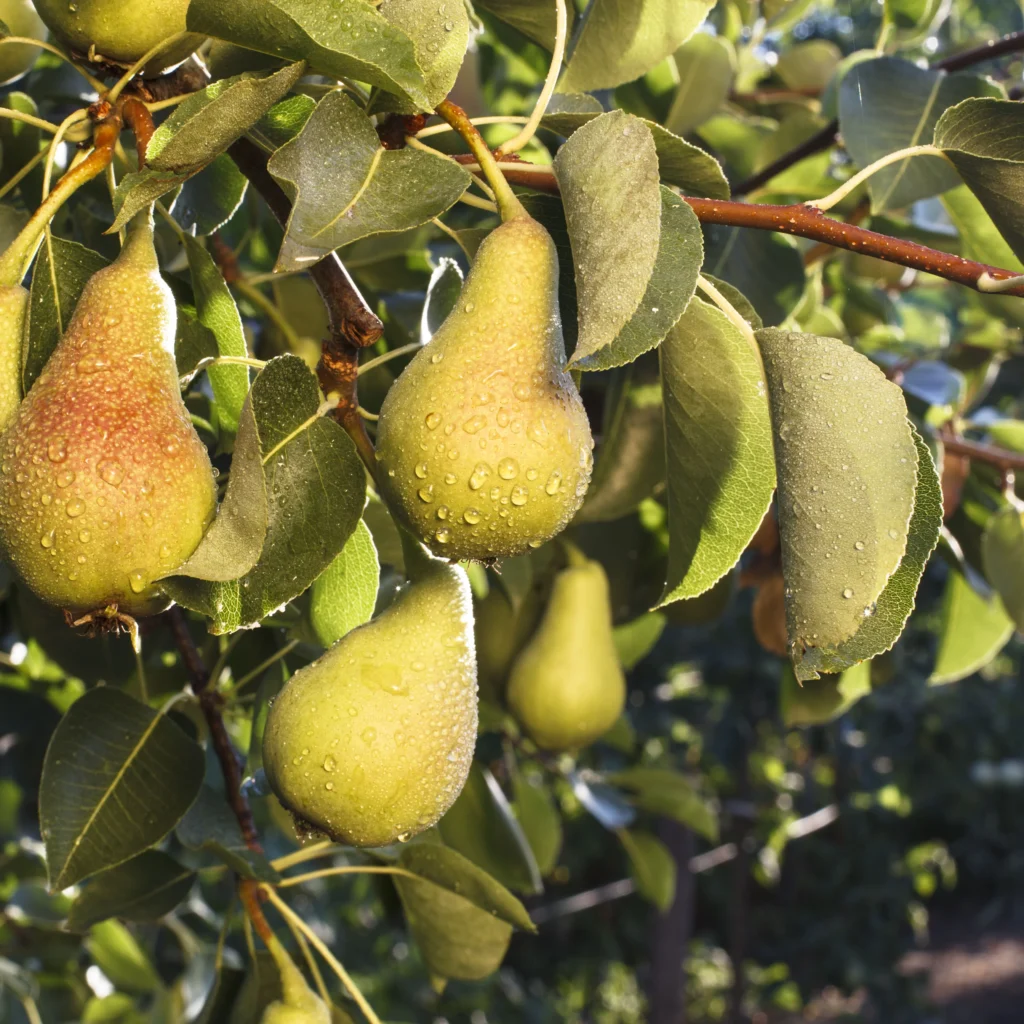
Pears hold an important place in cuisines and cultures around the world:
- China: Asian pears are eaten fresh, in salads, juices, desserts, and traditional herbal remedies. Pears symbolize longevity and prosperity in Chinese culture.
- Europe: Used in desserts, tarts, jams, and alcoholic beverages like perry (pear cider). Italian and French cuisine features pears prominently in classic dishes.
- United States: Eaten fresh, baked in pies, poached, or canned; incorporated into salads and sauces.
- Global Trend: Pears are celebrated in fruit festivals, gourmet cooking, and as functional foods in health-conscious diets.
Challenges in Pear Cultivation
Despite adaptability, pear production faces challenges:
- Climate Sensitivity
Cold winters are necessary for dormancy, but late frosts, hail, or excessive heat can affect flowering and fruit set. - Pests and Diseases
Aphids, pear psylla, codling moth, fire blight, and fungal diseases threaten yield and fruit quality. - Labor and Harvesting
Harvesting requires careful handpicking to prevent bruising and maintain export standards. - Market Volatility
Prices fluctuate based on seasonal production, global demand, and export competition.
Modern farming techniques, disease-resistant varieties, and advanced irrigation mitigate these challenges, ensuring high-quality production.
The Future of Pear Production
- Rising Global Demand
Increasing health-conscious consumption and interest in fresh and processed fruits are driving pear demand worldwide. - Value-Added Products
Canned pears, juices, jams, sauces, and pear-based snacks provide additional revenue streams. - Technological Advancements
Precision agriculture, cold storage, greenhouse cultivation, and improved pruning methods enhance yield and fruit quality. - Emerging Producers
Countries in South America, Asia, and Africa are expanding pear cultivation to meet growing domestic and international demand.
Final Thoughts
So, which country is the world’s top pear producer? The answer is China, producing over 16 million metric tons annually, with major orchards in Shandong, Hebei, Liaoning, Henan, and Shaanxi provinces.
Other leading producers include Italy, the United States, Argentina, and Turkey, while emerging regions are increasingly cultivating pears to meet growing global demand.
With their sweet, juicy flavor, nutritional richness, and culinary versatility, pears continue to be a favorite fruit worldwide. China’s leadership ensures a steady supply for fresh consumption, processed products, and global trade, making it the undisputed top pear producer in the world.
